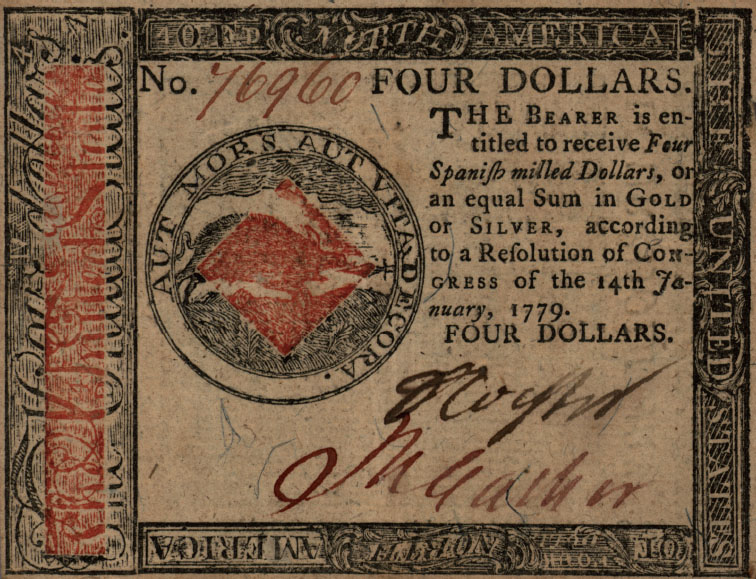Exploring American Histories: Printed Page 199
Exploring American Histories, Value Edition: Printed Page 168
Depression and Debt

Disputes over western lands were deeply intertwined with the economic difficulties that plagued the new nation. Victory in the Revolution was followed by years of economic depression and mushrooming debt. The war had fueled the demand for domestic goods and ensured high employment. However, after the peace settlement, both the demand and the jobs declined. In addition, international trade was slow to recover from a decade of disruption. Meanwhile, the nation was saddled with a huge war debt. Individuals, the states, and the federal government each viewed western lands as a solution to their problems. Farm families could move west and start over on “unclaimed” land; states could distribute land in lieu of cash payments to veterans or creditors; and the congress could sell land to fund its debts. Yet there was never enough land to meet these conflicting needs, nor did the United States hold secure title to the territory.
Some national leaders, including Hamilton, focused on other ways of repaying the war debt. Fearing that wealthy creditors would lose faith in the new nation if it could not repay its debts, they wanted to grant the federal government the right to collect a percentage of import duties as a way to increase its revenue. Meanwhile, legislators in a number of states, including Massachusetts, passed hard-money laws that required debts to be repaid in gold or silver rather than in paper currency. Creditors—mainly well-to-do merchants and professionals—favored hard-money measures to ensure repayment in full. Artisans and small farmers, including many veterans who had borrowed paper money during the war, were now asked to repay loans in hard currency as the money supply shrank. Taxes, too, were rising as states sought to cover the interest on wartime bonds held by affluent investors.
Failures of American diplomacy weakened the nation’s economy further. In 1783 the British Parliament denied the United States the right to trade with the British West Indies, and New England merchants lost lucrative markets for fish, grain, and lumber. The following year, Spain, unhappy with Americans’ insistence on pushing into disputed western territories, prohibited U.S. ships from accessing the port of New Orleans. This embargo closed off a primary trade route for western settlers. Spain and Great Britain also threatened U.S. sovereignty by conspiring with American citizens on the frontier and promising them protection from Indians. At the same time, British troops that had refused to abandon forts in the western United States urged Indians to harass frontier settlers.
The United States fared better in its relations with France and Holland. Both nations granted American ships the right to trade with their West Indies colonies. Yet the continuation of America’s wartime alliance with France also ensured continued conflicts with Great Britain.
Review & Relate
|
What challenges did the new nation face in the immediate aftermath of the Revolutionary War? |
How and why did the conflict between America and Great Britain continue after the war ended? |